Missions to Saturn
| Mission |
Country |
Launch Date |
Arrival Date |
Type |
Encounter Characteristics |
|
| Pioneer 11 |
USA |
April 6, 1973 |
September 1, 1979 |
Flyby |
Transmitted low-resolution images and other data about Saturn.
Discovered additional rings and moons not previously known |
| Voyager 1 |
USA |
September 5, 1977 |
November 13, 1980 |
Flyby |
900 images of Saturn's moons
Major discoveries were the unexpected complexity of the rings and
the true nature of Titan's atmosphere. |
| Voyager 2 |
USA |
August 20, 1977 |
August 26, 1981 |
Flyby |
1150 images of Saturn's moons
Had a scan platform malfunction, yet virtually all objectives were
met. |
| Cassini |
USA, ESA, Italy |
October 13, 1997 |
July 1, 2004 |
Orbiter/Atmospheric probe |
12 science experiments will help scientists understand Saturn's moons, rings, atmosphere, and magnetosphere.
Huygens, an atmospheric probe carried aboard Cassini, will parachute through Titan's atmosphere. |
 An Overview of Space Exploration
An Overview of Space Exploration
You might also be interested in:
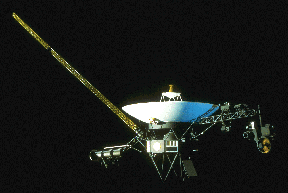
The rare geometric arrangement of planets Jupiter, Saturn, Uranus, and Neptune in the 1980's made it possible for the Voyager spacecrafts to visit them over a 12 year span instead of the normal 30. They
...more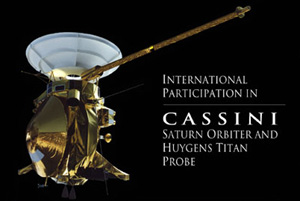
The Cassini probe began its journey to Saturn on October 15, 1997. It flew by Earth in August, 1999, before heading towards the distant planet. Cassini passed Jupiter in 2000 and then burned towards its
...more
Cassini has begun its 2.2 billion-mile journey to Saturn. Cassini was launched on a Titan rocket from Cape Canaveral Air Force Station early in the morning on October 15, 1997. The Cassini probe is one
...more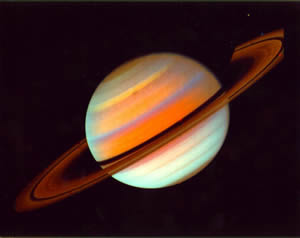
Like the inner planets and Jupiter, Saturn is clearly visible in the night sky. The ancient Greeks named the planet after the god of agriculture and time. It wasn't until 1655, however, that we knew Saturn
...more
The dramatic appearance of Saturn stems mainly from the spectacular rings. What is visible of the atmosphere is much less dramatic. The clouds of Saturn are much less colorful than those of Jupiter. This
...more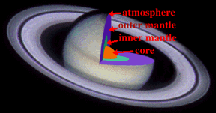
The Giant planets do not have the same layered structure that the terrestrial planets do. Their evolution was quite different than that of the terrestrial planets, and they have less solid material inside.
...more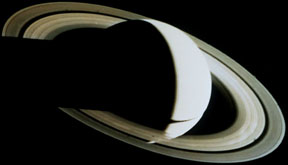
Many people are fascinated by Saturn's rings. Although Saturn isn't the only planet with rings, it is the only planet famous for them. Almost every image or drawing of the planet has the rings included.
...more
 An Overview of Space Exploration
An Overview of Space Exploration












